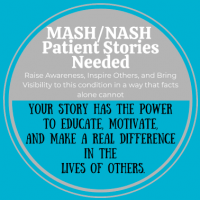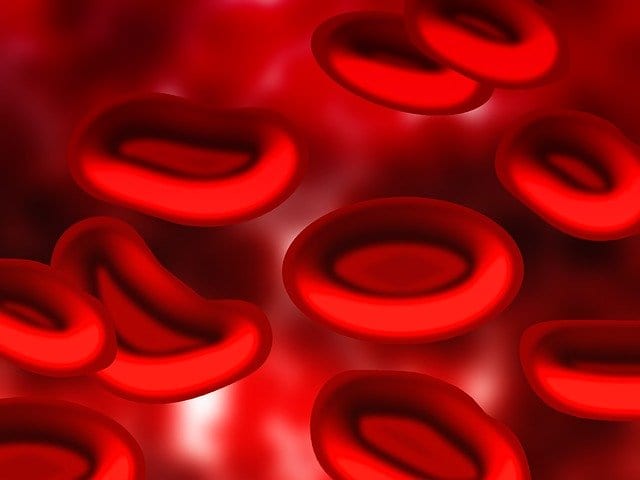While gene therapy is a promising field, there are some associated risks: unwanted immune reactions, infections, or whether the therapy could lead to the development of other conditions, like cancer. According to Science, biotechnology company Bluebird Bio (“Bluebird”) recently faced this difficulty in a series of clinical trials evaluating gene therapy for sickle cell disease (SCD). The company has stopped these studies after two prior participants developed either myelodysplastic syndromes (MDS) or acute myeloid leukemia (AML). Moving forward, Bluebird must now determine whether their gene therapy caused these conditions or whether they stemmed from another cause.
The Trials
Bluebird’s gene therapy works by removing patient blood stem cells, treating them with a modified virus outside of the body (“ex vivo”), and then infusing the cells back into the patient. Through the treatment, researchers help make up for the defective gene and prompt the body to create more hemoglobin. Following treatment, at least 14 patients have stopped having pain crises.
Despite the positive results, the news of sick patients has dampened the mood. One patient, treated five years ago, developed AML. Another has MDS, which develops into AML in around 50% of all cases. While another patient also developed MDS, tests highlighted that the 3rd patient’s condition was caused by chemotherapy. This is one of the struggles now: is it Bluebird’s gene therapy causing these issues, or chemotherapy? Currently, Bluebird is testing whether the viral DNA delivery in the patient with AML landed near a cancer-causing gene, stimulating the growth. In either case, patient safety is of the highest priority, so Bluebird will not continue trials until they discover the cause.
Sickle Cell Disease (SCD)
Sickle cell disease (SCD) is compromised of a group of disorders characterized by malformed, “sickle”-looking red blood cells. Typically, gene mutations which alter hemoglobin production cause SCD. Because the gene is inherited in an autosomal recessive pattern, someone must inherit a defective gene from both parents in order to have SCD. Because of the sickle-shaped cells, the red blood cells get stuck along the walls of blood vessels. Ultimately, this causes blockages and restricts blood flow. An estimated 70,000-100,000 Americans have SCD. Those of African American descent are at a higher risk. Symptoms normally appear in early childhood. These include:
- Organ damage
- Pain crisis (an episode of extreme pain caused when sickle cells get stuck in blood vessels)
- Swelling of the hands and feet
- Jaundice (yellowing of the skin and eyes)
- Fatigue
- Failure to thrive / developmental delays
- High blood pressure








